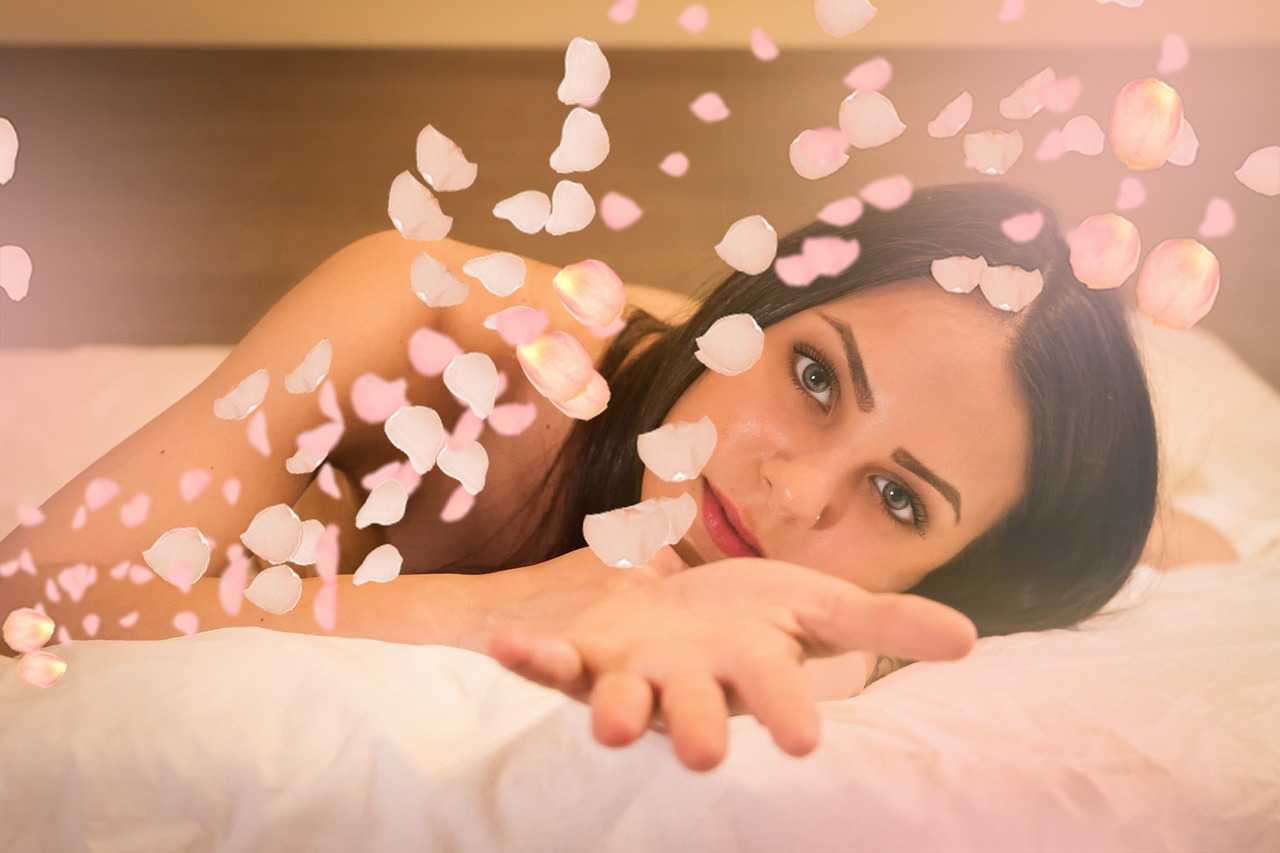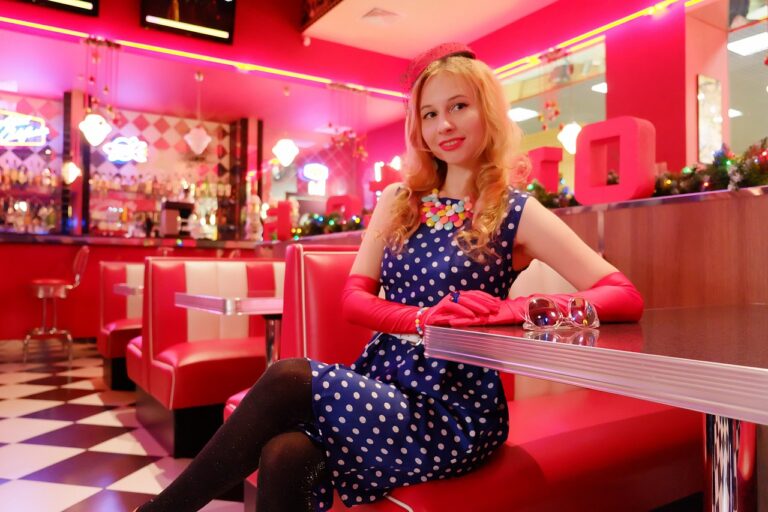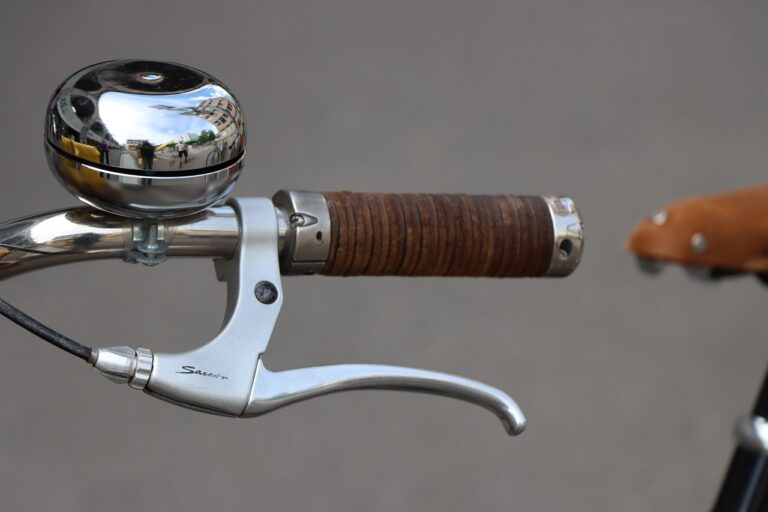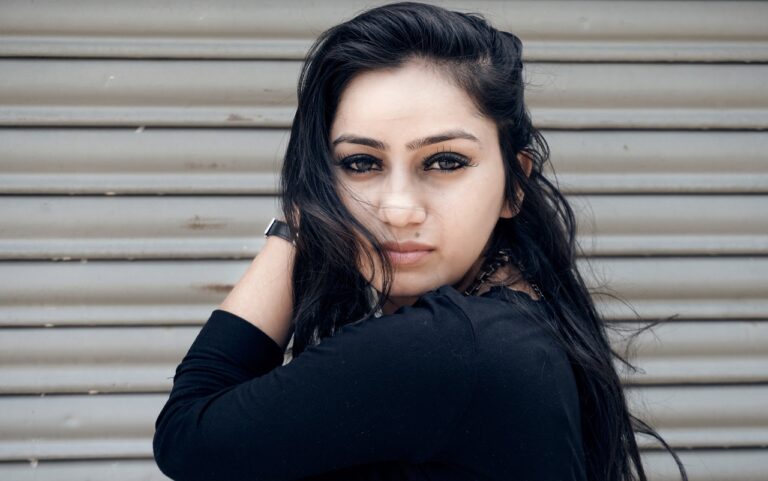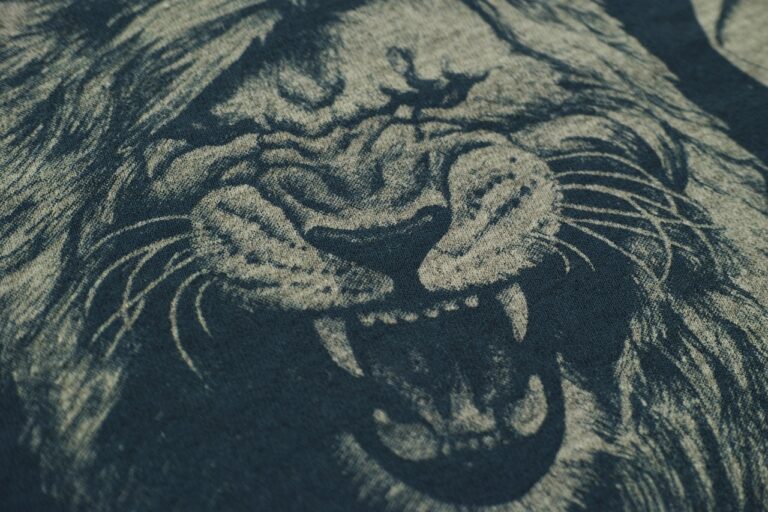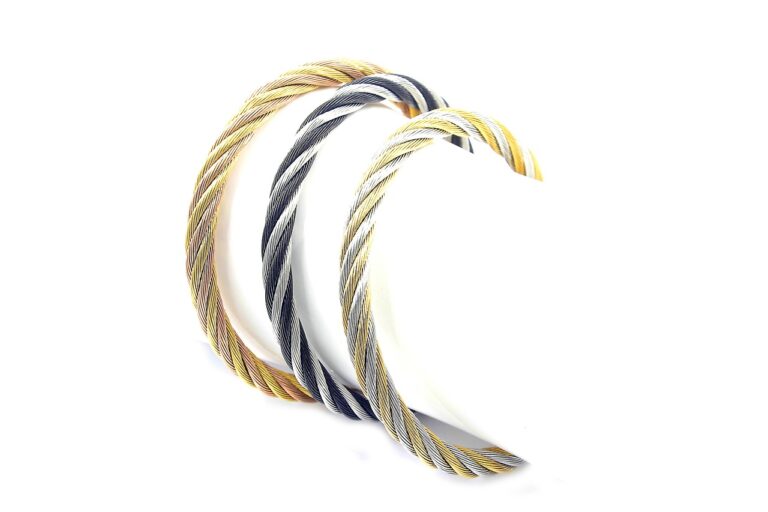Fashion Icons Through the Decades: Influential Figures Who Shaped Style Trends
In early civilizations, individuals who possessed a distinct sense of style and fashion played a crucial role in shaping the trends of their time. These pioneering figures were not only admired for their sartorial choices but also revered for their ability to set new standards in aesthetics. From ancient Egypt to Mesopotamia, these influencers left a lasting impact on the cultural fabric of their societies.
The intricately designed garments worn by these style icons were often indicative of their social status and influence. Whether it was the use of vibrant colors, luxurious fabrics, or intricate embellishments, these early influencers understood the power of fashion in making a statement. Their bold sartorial choices continue to inspire contemporary designers and fashion enthusiasts, showcasing the enduring influence of these pioneering figures from early civilizations.
Renaissance Royalty: Noble Fashion Icons of the 15th and 16th Centuries
During the 15th and 16th centuries, European royalty played a significant role in shaping fashion trends. One prominent figure was Queen Elizabeth I of England, known for her elaborate and extravagant clothing. She popularized the high ruffled collar and intricate embroidery, setting a standard of opulence for the nobility of her time. Elizabeth’s keen eye for fashion and her ability to use clothing as a form of expression made her a true icon of Renaissance style.
Another influential noble fashion icon of this era was King Henry VIII of England. His lavish attire, including richly embroidered doublets and voluminous fur-trimmed robes, reflected his power and wealth. King Henry VIII’s penchant for luxurious fabrics and elaborate garments not only demonstrated his status but also served as a source of inspiration for the aristocracy across Europe. His flamboyant style became synonymous with the grandeur and extravagance of the Renaissance period.
• Queen Elizabeth I of England popularized the high ruffled collar and intricate embroidery
• King Henry VIII of England wore lavish attire including richly embroidered doublets and voluminous fur-trimmed robes
• Both royalty figures set a standard of opulence for the nobility during the Renaissance period
Victorian Elegance: Influential Figures Who Set Trends in the 19th Century
In the 19th century, influential figures played a pivotal role in shaping the fashion trends of the Victorian era. These individuals possessed a keen sense of style and elegance that captivated the society of their time. Their lavish outfits and sophisticated accessories set the standard for fashion excellence, leaving a lasting impact on the fashion industry.
From prominent socialites to renowned artists, these influential figures were not only admired for their impeccable taste in clothing but also for their ability to push boundaries and challenge conventional norms. Their daring fashion choices and innovative designs paved the way for the evolution of Victorian elegance, solidifying their legacy as trailblazers in the world of fashion.
Who were some influential figures in the 19th century that set trends in Victorian fashion?
Some influential figures in the 19th century that set trends in Victorian fashion include Queen Victoria herself, Empress Eugenie of France, and Beau Brummell, a prominent figure in men’s fashion.
Which early civilizations had pioneering style figures that influenced fashion trends?
Ancient civilizations such as Ancient Egypt, Ancient Greece, and the Roman Empire had pioneering style figures that influenced fashion trends.
What were some key characteristics of Victorian elegance in fashion?
Some key characteristics of Victorian elegance in fashion included corsets, voluminous skirts, intricate lace details, and high collars.
How did Renaissance royalty impact fashion trends in the 15th and 16th centuries?
Renaissance royalty such as Queen Elizabeth I of England and Catherine de’ Medici of France were known for their lavish and opulent style, which influenced fashion trends of the time.
What types of fabrics were commonly used in Victorian fashion?
Commonly used fabrics in Victorian fashion included silk, satin, velvet, and lace, which were often embellished with intricate embroidery and beadwork.

